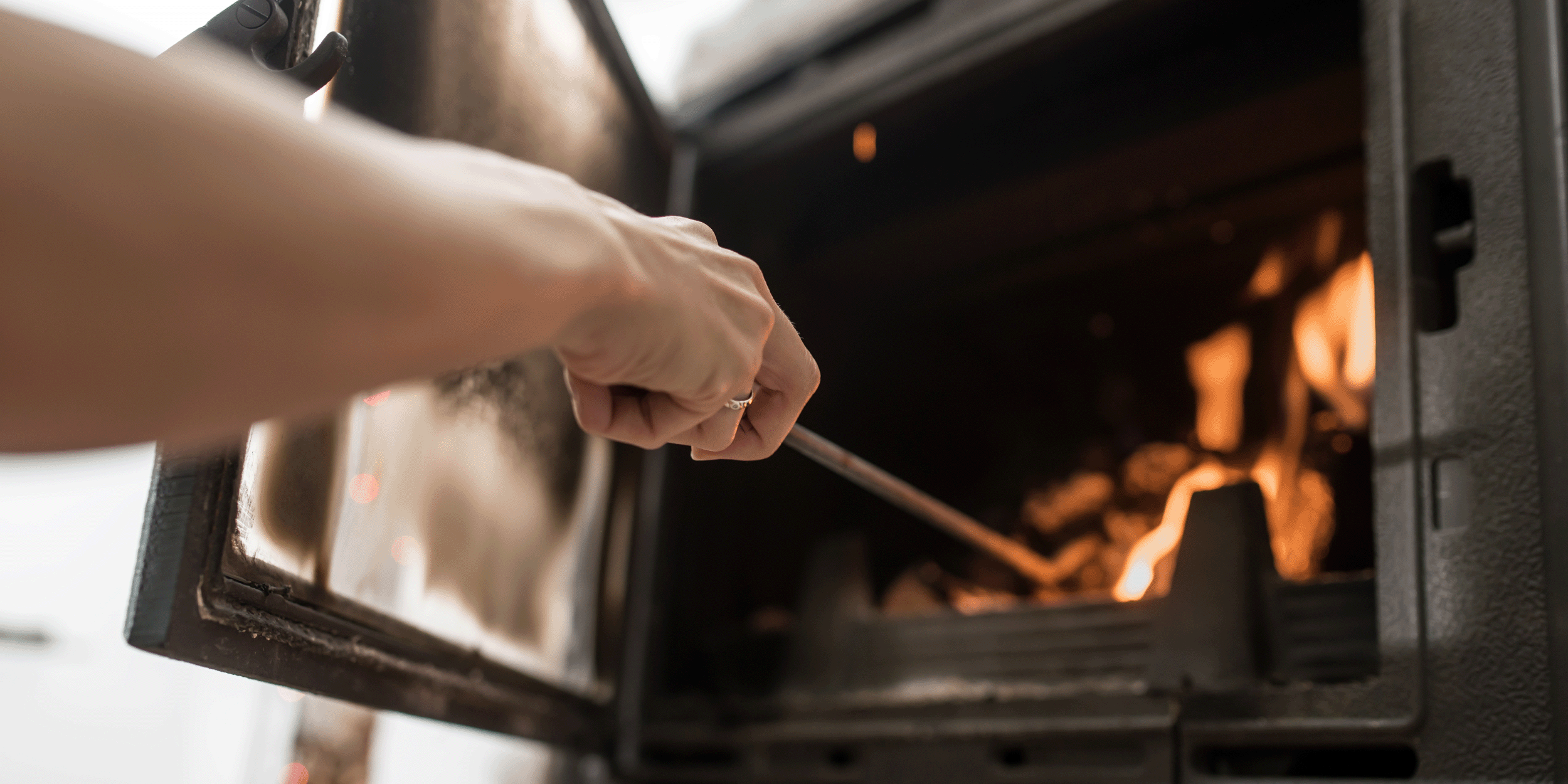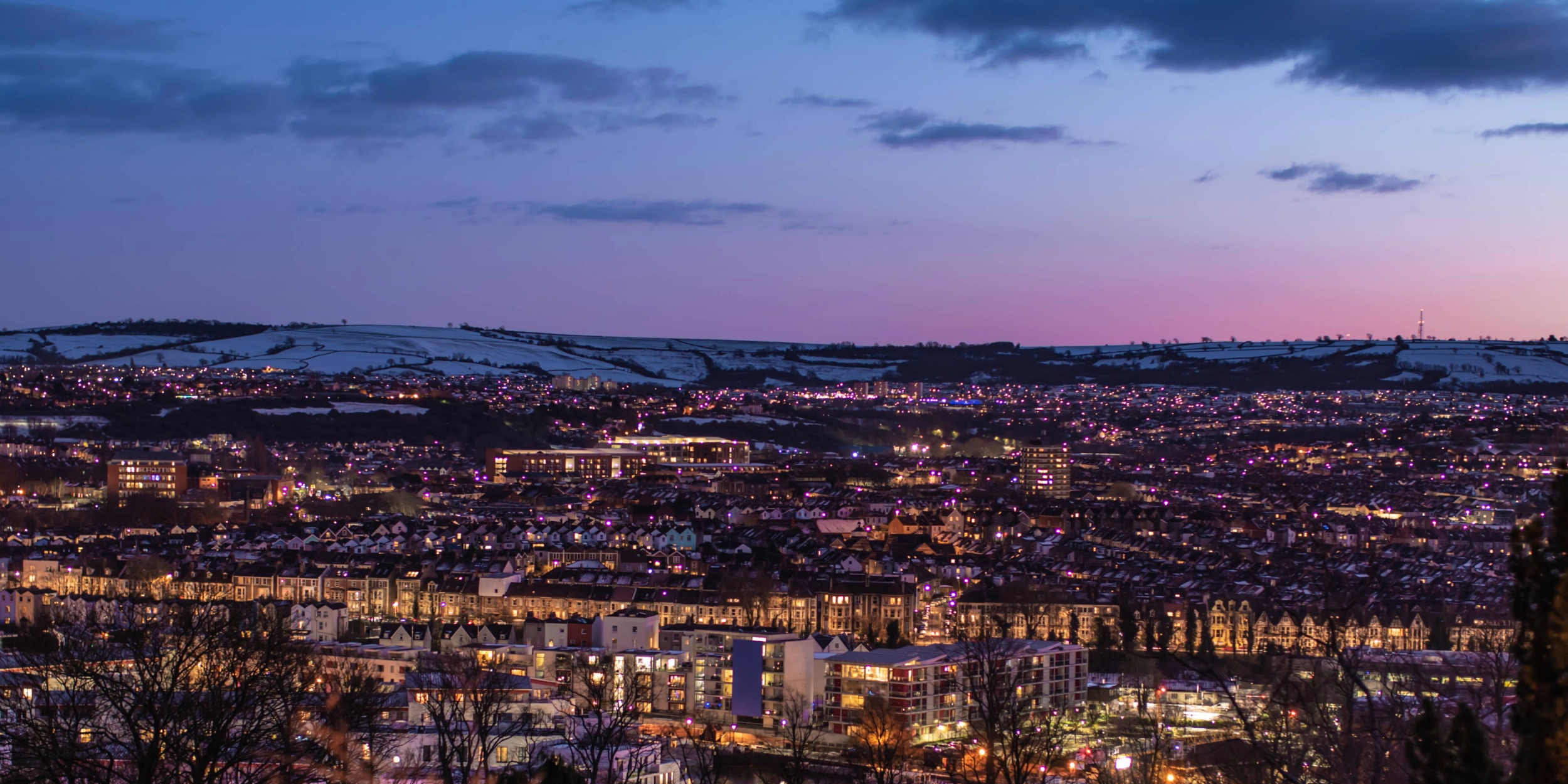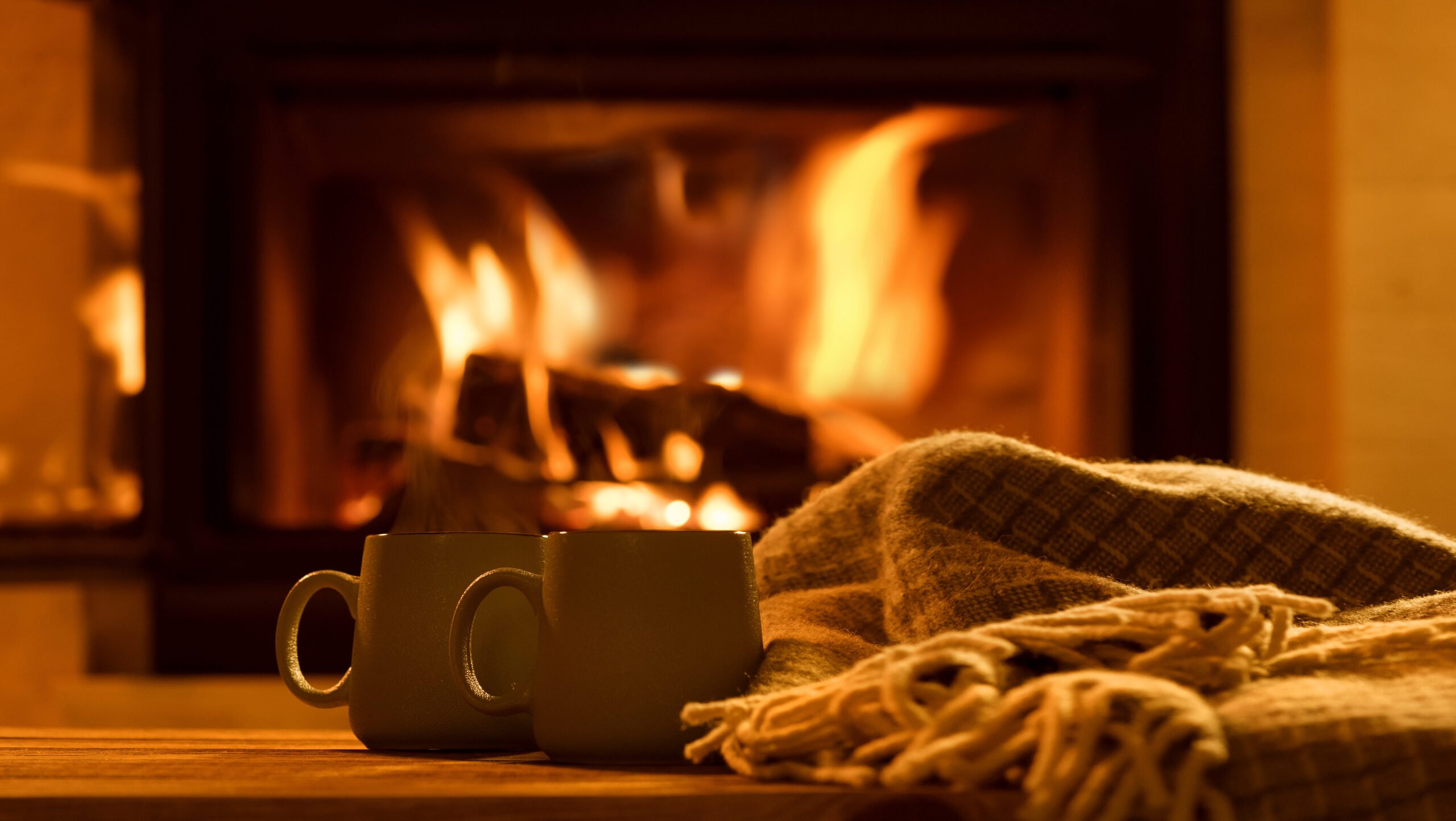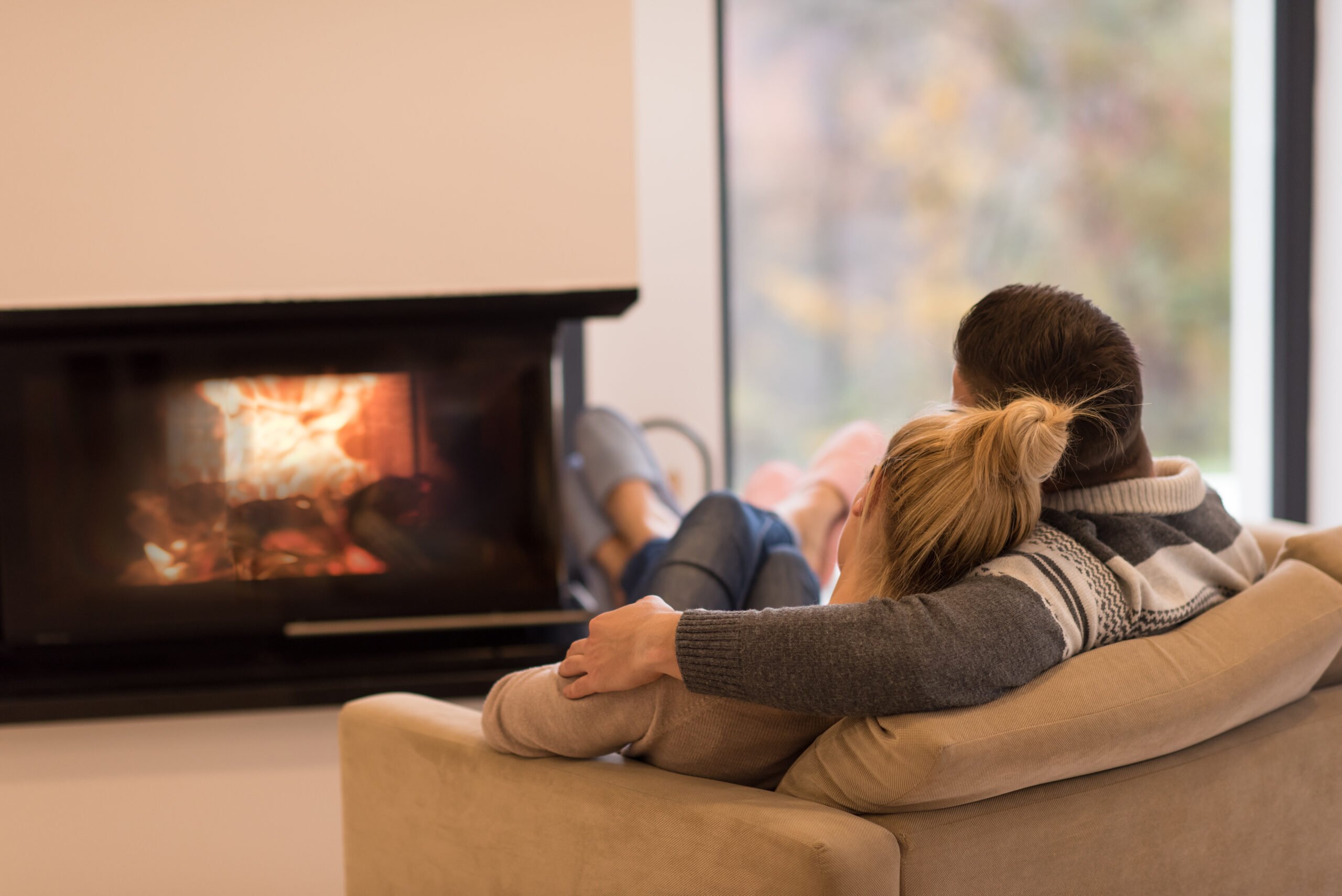Why do I need my chimney swept?
If you use a stove or an open fireplace, getting your chimney swept is essential. An unswept chimney can cause extremely dangerous hazards:
Chimney fire
Due to a build-up of soot, creosote, and other flammable substances, an unswept chimney is a fire risk. Lighting your fire with an unswept chimney puts you in danger and can have devastating consequences.
Carbon monoxide poisoning
The CO gases that occur with any burning fire must be able to escape through the chimney to keep your property safe. Not sweeping your chimney can cause blockages, leading to highly dangerous gases re-entering the room causing life-threatening effects.
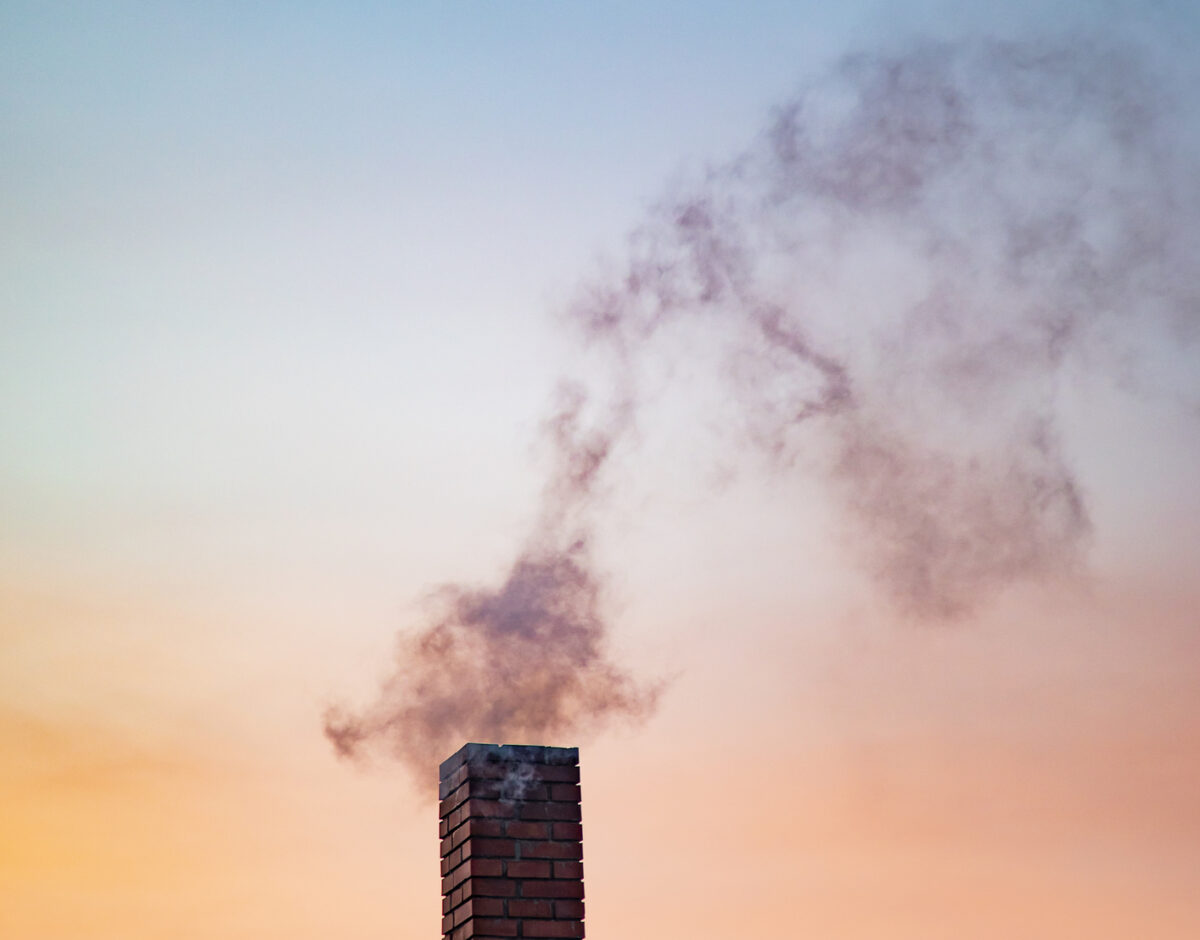
Sweeping a chimney greatly increases the safety of your appliance by ensuring harmful gases can escape and no flammable materials stick around in your chimney. Make sure you Book a Sweep to keep your property cleaner and safer this heating season.
Around 40% of chimney fires occur January-March; there were 3,243 reported chimney fires in England, Wales and Scotland between March 2022 – April 2023. Prevent yourself from becoming another statistic through responsible burning and regular chimney maintenance.
How often should I sweep my chimney?
To protect your health, property, and wallet, you should get your chimney swept according to the fuel you use and how often you use your appliance:
If you burn wood: at least twice a year
If you burn smokeless fuels: at least once a year
If your appliance is frequently used, it may be best practice to have your chimney swept more often. Speak to your HETAS Approved Chimney Sweep for further advice.
Signs your chimney needs to be swept urgently
Understanding if your chimney needs to be swept can help eliminate hazards. If you experience any of the following signs, stop using your appliance and book a sweep as soon as possible:
- Smoke is re-entering the room when the appliance is in use.
- There is a persistent bad smell when you have not lit a fire.
- You can see signs of tar around the flue entrance or damper (the small door in your fireplace near the base of the chimney).
- Soot is falling back into your appliance.
- Your fire isn’t burning as well as usual and you haven’t changed anything.
- You often see birds by the top of your chimney or hear frequent scratching (there may be birds nesting in your chimney).
When is the best time to have your chimney swept?
The best times to have your chimney swept are:
- Just before the heating season.
- After your appliance has not been used for a prolonged period.
If you have your chimney swept twice a year, the best time to have your chimney swept is:
- Just before the heating season (or after your appliance as not been used for a prolonged period).
- After the peak of the heating season.
This will ensure that any build-up of soot can be alleviated and not to continue to build during the heating season.
Your local chimney sweeps will likely have very busy schedules during the aforementioned periods; try and book your sweep in advance to ensure you can have your chimney swept prior using your appliance if it hasn’t been used for a long time.
HETAS Approved chimney sweeps
Your chimney requires sweeping to keep your appliance running optimally and for your own health. Using a HETAS Approved chimney sweep gives you the confidence that they are competently trained, and you will receive the necessary documentation following a successful sweep.
